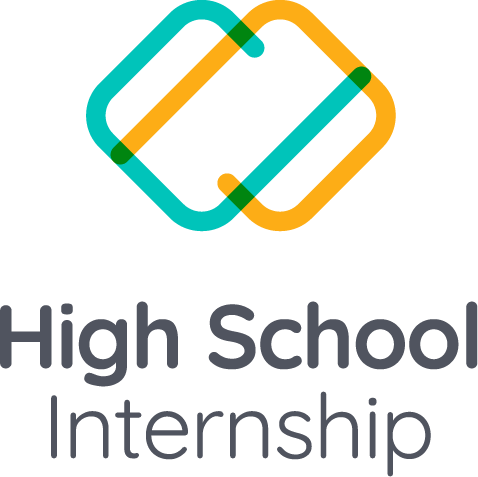Digital skills may seem like a broad and hard-to-define set of skills, but at BSD, we believe in empowering students to create and innovate with digital skills as the ultimate goal.
Our approach to digital skills education focuses on helping students become builders and creators of technology rather than just technology users. We teach a comprehensive set of digital skills, including content creation, data visualization, programming/coding, and engineering, in a project-based learning environment.
Digital skills can also be broken down into a linear set of sub-skills like content creation, data visualization, programming/coding, engineering, etc.
We teach these skills at BSD but do so in an indirect way that focuses more on the outcome of a project rather than focusing on skill practice.
For example, if the goal were to teach HTML, a traditional approach would be to study HTML syntax to learn all the elements. We build a simple web page with HTML as a project at BSD. The completion of the project and overall effort are more important than the individual skills gained, such as what the <button> tag in HTML does.
A student’s ability to synthesize and use knowledge is more valuable than the knowledge itself. We also don’t require students to memorize facts such as “what does the <button> tag in HTML do?”, instead we provide a glossary of all technical terms and encourage students to copy and paste.
Copy and paste is an essential digital skill that all professional programmers use. Knowing when, where, and how to paste is where real learning comes into play.
BSD’s 3-Tier Approach to Digital Skills: Creative Skills, Hard Skills, and Soft Skills
- Creative Skills
- Hard Skills
- Soft Skills
Creative Skills:
The Creative Skills sit at the top of this tier as a formula to synthesize the other skills. We combine the power of Design Thinking and Computational Thinking to solve problems or complete projects.
BSD combines Design Thinking and Computational Thinking to equip students with creative problem-solving abilities. Design Thinking involves generating ideas and solutions with empathy, while Computational Thinking breaks down problems into smaller, manageable tasks.
These two skills are used professionally and have supporting research to show their effectiveness in solving problems.
Design Thinking is a type of divergent thinking that involves generating potential ideas and possible solutions using the power of empathy.
Computational Thinking is a convergent process that involves narrowing the ideas into actionable designs that can be accomplished by breaking down the problem into smaller chunks.
Hard Skills:
At BSD, we teach foundational web technologies like HTML, CSS, JavaScript, and Python, along with web design, game development, AI, VR, and Web3. Our learning content is designed to provide context and offer a fulfilling, enriching experience to students. While there are other languages, frameworks, and associated technologies, we start with these to build a foundation.
We also realize that learning hard skills without context isn’t useful to the learner, so we design learning content that pairs learning to code combined with content creation and other necessary skills to provide a fulfilling and enriching experience.
Soft Skills:
Our CARE (Curiosity, Adaptability, Resilience, and Empathy) framework is ingrained in our company ethos, curriculum design, and interactions with customers. By incorporating digital citizenship concepts into our curriculum, we offer students a well-rounded digital skills education.
Students receive a well-rounded digital skills education by infusing this framework and digital citizenship concepts into our curriculum. Experience the meaning of BSD in our comprehensive digital skills education, and prepare students to excel as creators and innovators in the world of technology.

